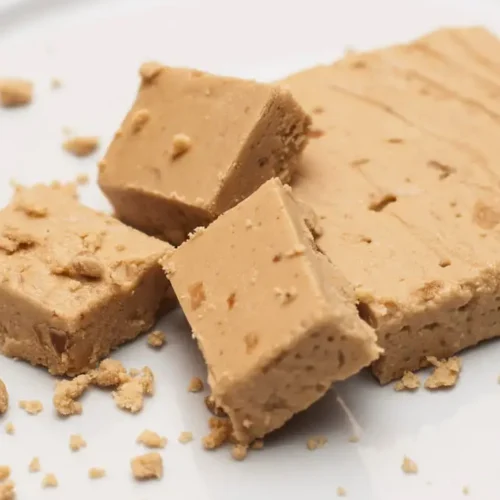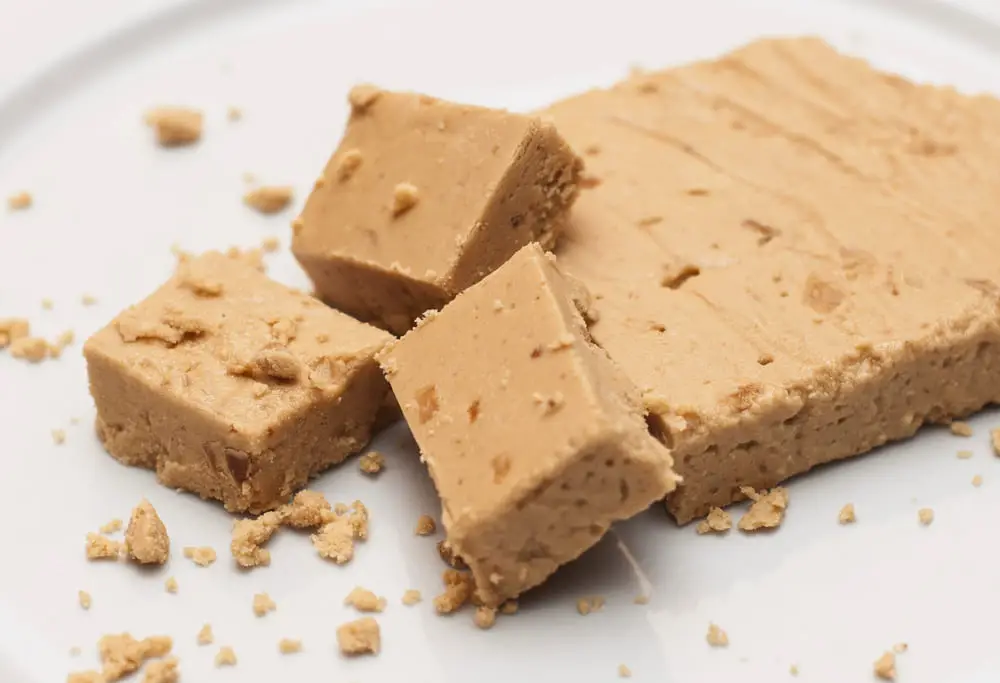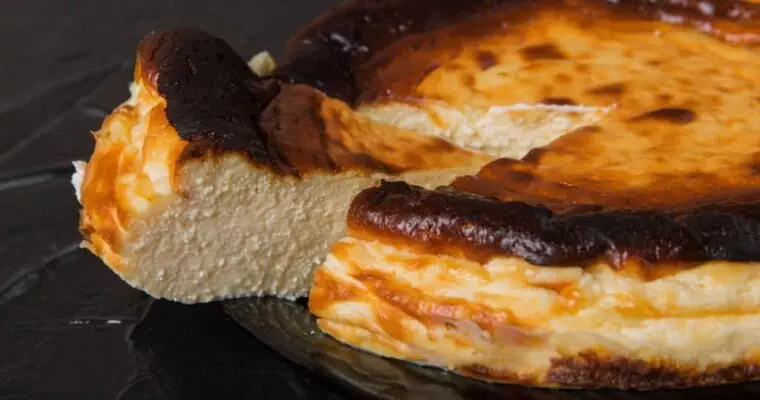Turrónes, a beloved Spanish confection, has a long and storied history dating back centuries. Among the delightful array of turrónes, the classic Spanish almond nougat, known as “Turrón de Jijona”, holds a special place in the hearts of Spaniards and beyond. In this article, we will take a journey through the rich history of this sweet treat, explore popular variations, and share valuable tips and tricks for creating your own mouthwatering Spanish almond nougat.
Table of Contents
A Brief History of Turrónes:
The origins of turrónes can be traced back to medieval times in the region of Alicante, Spain. During the 8th century, the Moors brought almonds and honey to the Iberian Peninsula. It was in Spain that they combined these ingredients to create the first almond nougat recipe. The town of Jijona is nestled in the picturesque landscapes of Alicante. Soon they became renowned for producing the finest turrónes, eventually leading to the name “Turrón de Jijona.”
Variations of Spanish Almond Nougat:
a) Hard Almond Nougat (Turrón de Alicante): Characterized by a crunchy texture, Turrón de Alicante features whole toasted almonds. A firm nougat made from honey and sugar embeds all of them. People often enjoy this variety during festive occasions and holidays.
b) Soft Almond Nougat (Turrón de Jijona): The focus of our exploration, Turrón de Jijona, boasts a softer and chewier texture. It is crafted from ground almonds, honey, and sugar, imparting a smoother consistency reminiscent of marzipan. This delightful treat has become a cherished part of Spanish Christmas traditions.
c) Chocolate-Coated Turrón: A modern twist on traditional turrónes, this variation involves coating the nougat with a layer of luscious chocolate, adding an indulgent touch to the nutty confection.
d) Fruit and Nut Turrón: Infusing an assortment of flavors, this type of turrón combines almonds with other nuts like hazelnuts or pistachios, as well as dried fruits such as figs or apricots, elevating both taste and visual appeal.
Tips and Tricks for the Perfect Turrón:
- Ingredient Quality: Opt for high-quality almonds and honey to ensure the authentic flavor and texture of your turrón.
- Toasting Almonds: Toast the almonds carefully to avoid burning, as perfectly toasted almonds enhance the overall taste of the nougat.
- Proper Mixing: Achieve the desired nougat texture by ensuring the honey-sugar mixture reaches the soft-ball stage, around 240°F (116°C).
- Whipping Egg Whites: Whip the egg whites to stiff peaks for a smooth and airy nougat consistency.
Frequently Asked Questions (FAQ) about Soft Almond Nougat (Turrón Blando)
1. What is turrón blando?
Turrón blando, or soft almond nougat, is a traditional Spanish sweet made with almonds, honey, sugar, and egg whites. It’s a smooth and creamy variety of nougat, typically enjoyed during Christmas in Spain.
2. How is turrón blando different from turrón duro?
Turrón blando is soft and creamy due to finely ground almonds, whereas turrón duro is a harder version made with whole almonds, resembling brittle.
3. Can I make turrón blando without a special mold?
Yes! You can use a rectangular loaf pan or even repurpose a small box lined with parchment paper as a mold. The goal is to shape the nougat into a rectangular or square block.
4. How do I store turrón blando?
Store your turrón blando in an airtight container at room temperature for up to two weeks. Avoid refrigeration, as it can alter the texture.
5. Can I customize the recipe?
Absolutely! While the traditional recipe uses almonds, you can experiment with other nuts or add flavorings like cinnamon or citrus zest for a unique twist.
Spanish Recipes Related to Turrón Blando
- Polvorones (Spanish Crumbly Cookies)
These melt-in-your-mouth cookies, made with almond flour, are another Christmas favorite in Spain. - Roscón de Reyes (Three Kings Cake)
A festive ring-shaped sweet bread enjoyed during Epiphany, often decorated with candied fruit and filled with cream. - Mantecados (Traditional Spanish Shortbread)
Similar to polvorones, these buttery treats are flavored with cinnamon and anise, making them a holiday staple. - Turrón de Chocolate (Chocolate Turrón)
A modern variation of turrón, combining chocolate, puffed rice, and nuts for a crunchy twist. - Panellets (Catalan Almond Treats)
A delightful combination of marzipan and pine nuts, these small bites are commonly enjoyed during All Saints’ Day in Spain.
Conclusion
Spanish turrones hold a cherished place in the hearts of many, reflecting a captivating history dating back to medieval times. Among the various types, Turrón de Jijona, with its soft almond nougat goodness, remains an iconic and beloved treat, especially during the festive Christmas season. By exploring the rich history, trying out different variations, and mastering the tips and tricks, you can create your own delectable turrón, bringing the essence of Spanish tradition and sweetness to your celebrations.

Irresistible 5-Ingredient Soft Almond Nougat Recipe
Ingredients
- 250 g Blanched Almonds
- 250 g Honey
- 150 g Sugar
- 2 Large egg whites
- Wafer paper optional, for wrapping)
Instructions
- Toast the almonds: Preheat your oven to 350°F (175°C). Spread the blanched almonds evenly on a baking sheet and toast them in the oven for about 10 minutes until they turn lightly golden and aromatic. Keep a close eye on them to prevent burning. Once toasted, set aside to cool.
- Prepare the nougat mixture: In a saucepan, combine the honey and sugar. Stir over medium heat until the sugar dissolves completely. Bring the mixture to a boil and let it cook until it reaches the soft-ball stage, which is around 240°F (116°C) on a candy thermometer. To test the stage, you can drop a small amount of the mixture into a bowl of cold water. It should form a soft ball that can be flattened when removed from the water.
- Whip the egg whites: While the honey-sugar mixture is cooking, start whipping the egg whites in a separate mixing bowl until they form stiff peaks.
- Mix the ingredients: Once the honey-sugar mixture reaches the soft-ball stage, remove it from the heat. Gradually pour it into the whipped egg whites while continuing to beat the mixture.
- Add the almonds: Gently fold the toasted almonds into the nougat mixture until they are evenly distributed.
- Shape the nougat: Line a rectangular mold or a baking dish with wafer paper, leaving some excess paper on the sides for wrapping. Pour the nougat mixture into the mold and spread it out evenly.
- Let it set: Allow the nougat to cool at room temperature for a few hours until it sets and becomes firm. You can also place it in the refrigerator to speed up the process.
- Cut and wrap: Once the nougat has set, remove it from the mold and cut it into small rectangular bars or bite-sized pieces. Wrap each piece in wafer paper for an authentic touch.








